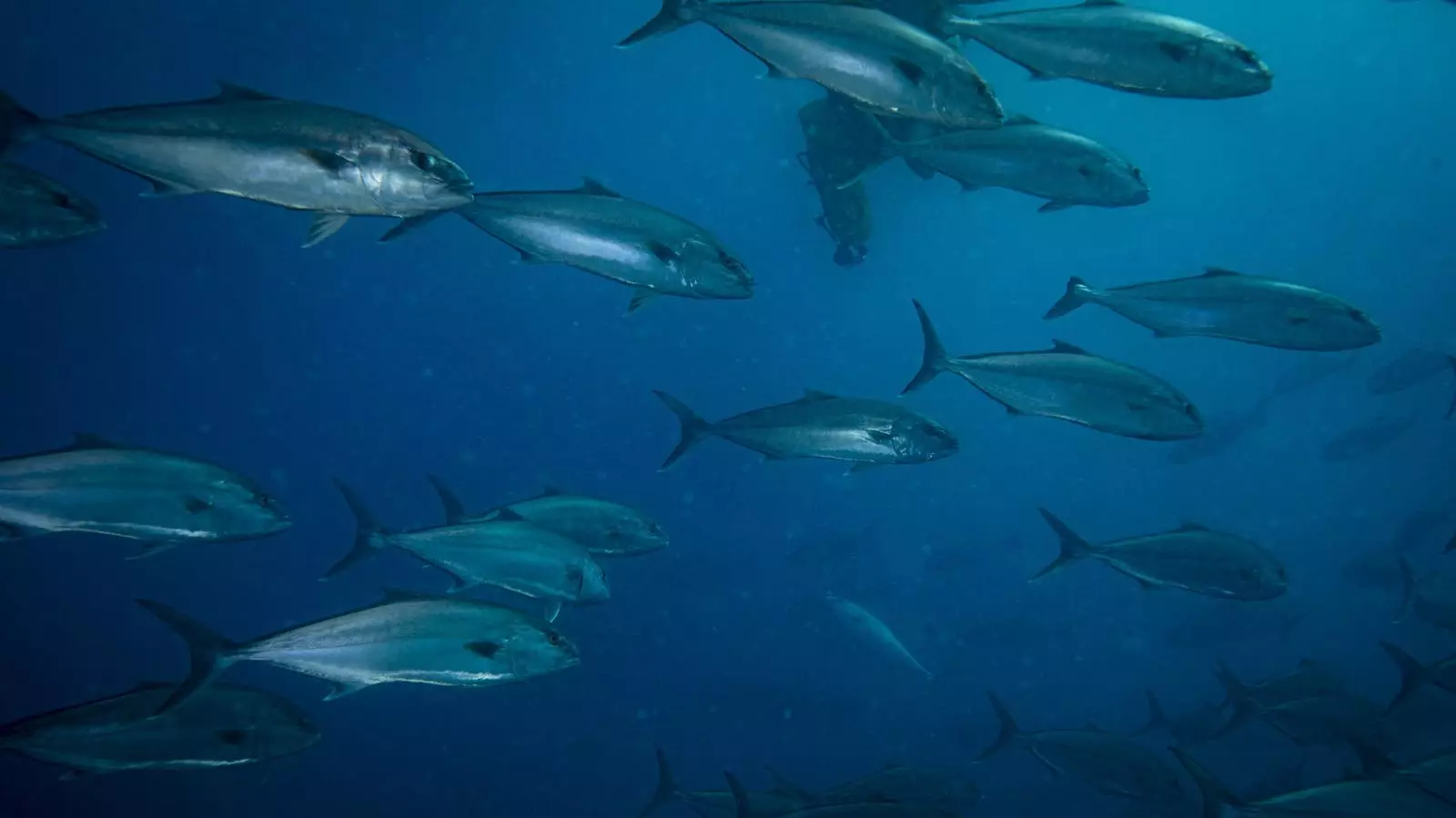As the global population continues to expand, securing sustainable sources of nutrition has become an increasingly pressing concern. Blue foods, which include a variety of fish and marine products, serve as a critical foundation for nearly 3 billion people worldwide, providing essential nutrients and proteins. Moreover, blue food systems play a vital role in the livelihoods of approximately 800 million individuals. Despite their significance, discussions surrounding blue foods often take a back seat in the broader food movement narrative. Yet, we find ourselves at a pivotal juncture; the actions we take today regarding blue food systems could significantly shape the future of food sustainability.
The current landscape of blue food production offers a unique opportunity to establish practices that prioritize sustainability. Unlike other food systems that have endured the ramifications of industrialization and environmental degradation, the blue food realm still has a chance to adopt sustainable practices as the standard rather than relegating them to the realm of alternatives. However, the window for transformative action is closing quickly, and if we fail to enact the necessary changes, we may find ourselves confronting the same challenges that now plague land-based agriculture.
A noteworthy characteristic of the blue food system is the predominance of small-scale fisheries, which employ approximately 90% of individuals working in the sector and contribute around 40% of the global catch. This highlights the significance of community-driven fisheries as pivotal players in the transition towards sustainability. Despite the dominant influence of large-scale industrial fishing operations, small-scale fishers possess invaluable agency. By championing and empowering these local fisheries, we can create a framework that fosters responsible food production while ensuring food security for millions.
Empowering small-scale fishers aligns with not only environmental goals but also social equity. Diverse tactics that celebrate traditional knowledge while integrating modern sustainable technologies can propel these fisheries into a sustainable future. Initiatives like the North American Marine Alliance and the Lift All Boats Project illustrate the positive impact that community engagement can have on long-term sustainability. These programs strive to elevate the voices of fishers and create pathways for economic empowerment within fishing communities.
Inspiring leaders within the blue food sector are taking significant steps to create a future that embodies sustainability. Organizations such as Minorities in Aquaculture, led by Imani Black, are pivotal in fostering inclusivity and accessibility within the aquaculture workforce. By promoting mentorship and hands-on training, these initiatives nurture a diverse pool of talent essential for the future of blue food systems. Black’s assertion that success in aquaculture can benefit both individuals and communities echoes a sentiment that resonates deeply within the movement for sustainable fisheries.
Developments in New York City, such as Oko Farms’ aquaponics center, exemplify innovative approaches to food production amidst urban environments. This facility promotes food security and awareness, showcasing aquaponics as a viable method of sustainable farming. By integrating these practices into local communities—whether through rooftops, backyards, or educational facilities—urban dwellers can engage with aquaculture meaningfully. Through this engagement, we cultivate a culture of sustainability and awareness around these vital resources.
The Role of Policy and Consumer Action
The trajectory of the blue food systems hinges not only on grassroots initiatives but also on policy decisions and consumer action. The release of the inaugural Guidelines for Sustainable Aquaculture by the United Nations Food and Agriculture Organization marks a crucial step towards providing a comprehensive framework for responsible fisheries management. Such guidelines can bolster global efforts to mitigate overfishing and restore the health of marine ecosystems, thereby enhancing the viability of blue food systems.
Moreover, as citizens, we wield considerable influence through our choices as eaters. Supporting sustainable seafood and advocating for responsible fisheries can incentivize producers to adopt better practices. This collective action, fueled by consumer awareness and expectation, can catalyze significant change in the dynamics of blue food systems.
Ultimately, the fate of blue food systems is in our hands. The challenges that await us are significant, but they also present an opportunity to redefine how we approach food sustainability comprehensively. By prioritizing small-scale fisheries, embracing innovative practices, and championing policy changes alongside consumer action, we can shape a future where blue foods thrive sustainably. The time to act is now; together, we can foster a resilient and equitable blue food system that nourishes our communities and protects our planet.


Leave a Reply